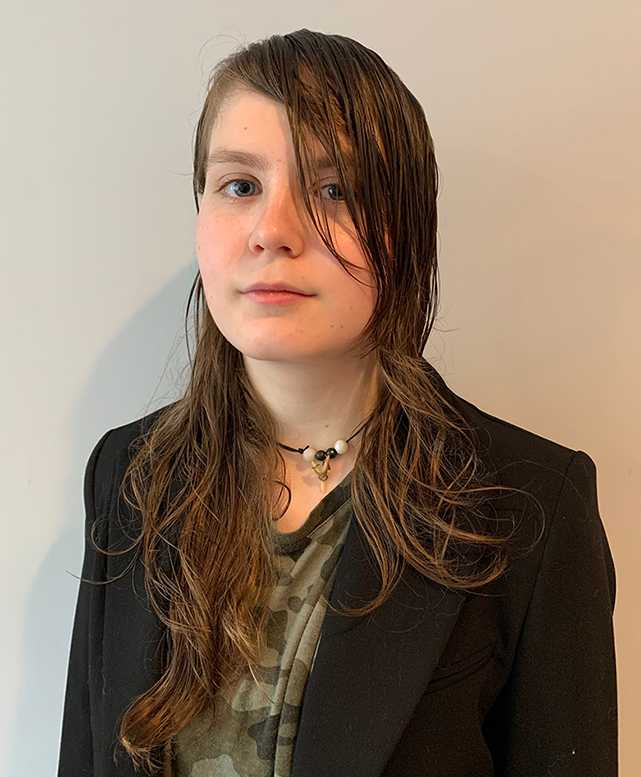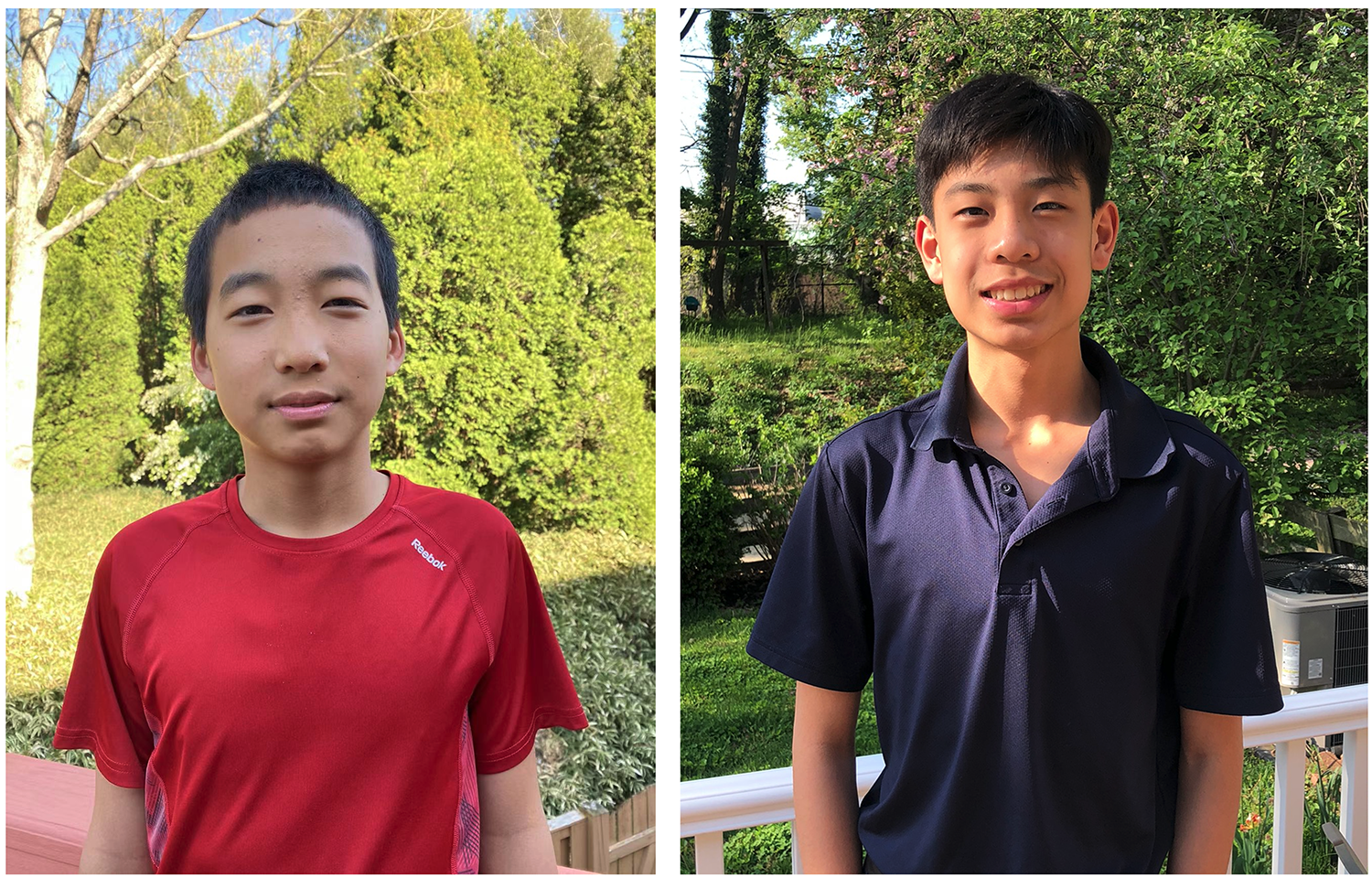HIGH SCHOOL 1st PLACE PROJECT: Examining Pyrocumulonimbus Clouds with GOES-17: A Case Study of the 2021 Bootleg Fire
Kieran Liftik, 9th grade 
High School: Sandy Spring Friends School, Sandy Spring, Maryland
COACH: Michael Tornabene
|
VIEW THE SCIENTIFIC POSTER (PDF Downloadd) |
ABSTRACT: Although an essential part of nature, wildfires are becoming increasingly destructive and causing extreme weather in the form of powerful, dangerous fire clouds. These clouds, known as pyrocumulonimbus clouds (pyroCbs), are fire-generated convective clouds that can reach the lower stratosphere. Not only can pyroCbs create powerful downbursts that spread embers, they can also generate lightning and fire tornadoes that intensify wildfires and cause widespread damage. The Geostationary Operational Environmental Satellite (GOES) fleet may assist with the identification and understanding of pyroCbs, with their continuous imagery, highly-detailed spatial resolution, and atmospheric measurements across many wavelengths of the electromagnetic spectrum. Using imagery from several GOES-17 ABI bands and information from the CIMSS satellite blog, I examined pyroCbs from the Bootleg wildfire of summer 2021. GOES-17 was able to capture key features of these pyroCbs, such as very cold cloud-top temperatures and origination from very intense wildfire activity. GOES-17 also highlighted an earlier severe heatwave that may have contributed to the subsequent formation of the Bootleg pyroCbs. Smoke lingering in the stratosphere following the Bootleg pyroCbs was also visible via GOES imagery. Implications of these findings, as well as the increasing importance of further satellite study of pyroCbs, are discussed. |
Predicting High-Shear and Low-CAPE Tornadoes using Goes ABI Band 11 Satellite Data: A case study of the March 3, 2019 Beauregard, Alabama and March 3, 2020 Cookeville, Tennessee EF4 TornadoesSekai Chandra - 11th gradeGilman School in Baltimore, Maryland, View the poster Watch the presentation |
How Weather Conditions Affect Wildfires: Caldor Fire Case StudyWynne Young - 11th gradeCorona Del Mar High School, Newport Beach, California View the poster Watch the presentation |
Hunga-Tonga: Studying the Hazards Posed by Volcanic Eruptions with GOES-17Timothy Cai - 10th GradeCentennial High School, Ellicott City, Maryland View the poster Watch the presentation |
MIDDLE SCHOOL 1st PLACE PROJECT: Studying the Causes of the California Wildfires with GOES-17 Imagery
Eric Sun and Sean Jiang
Gilman Middle School, Baltimore, Maryland,
COACH: Zheng Jiang
|
ABSTRACT: This project aims to study whether the GOES-17 data from ABI-1, ABI-2, ABI-3, ABI-13, FDC, AOD, and GLM can be used to detect smoke and possible wildfire hazards such as lightning and dryness. 
|
|
